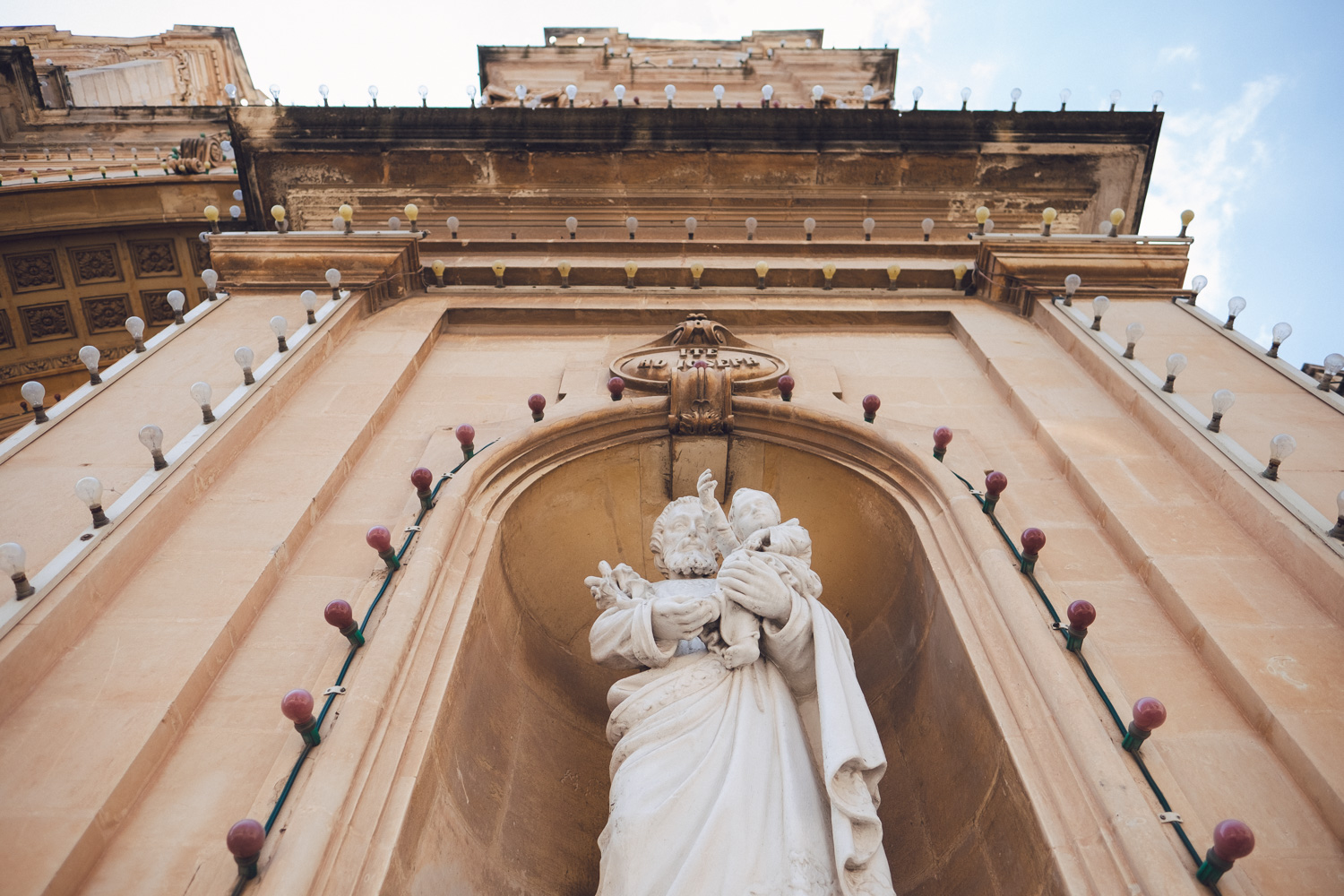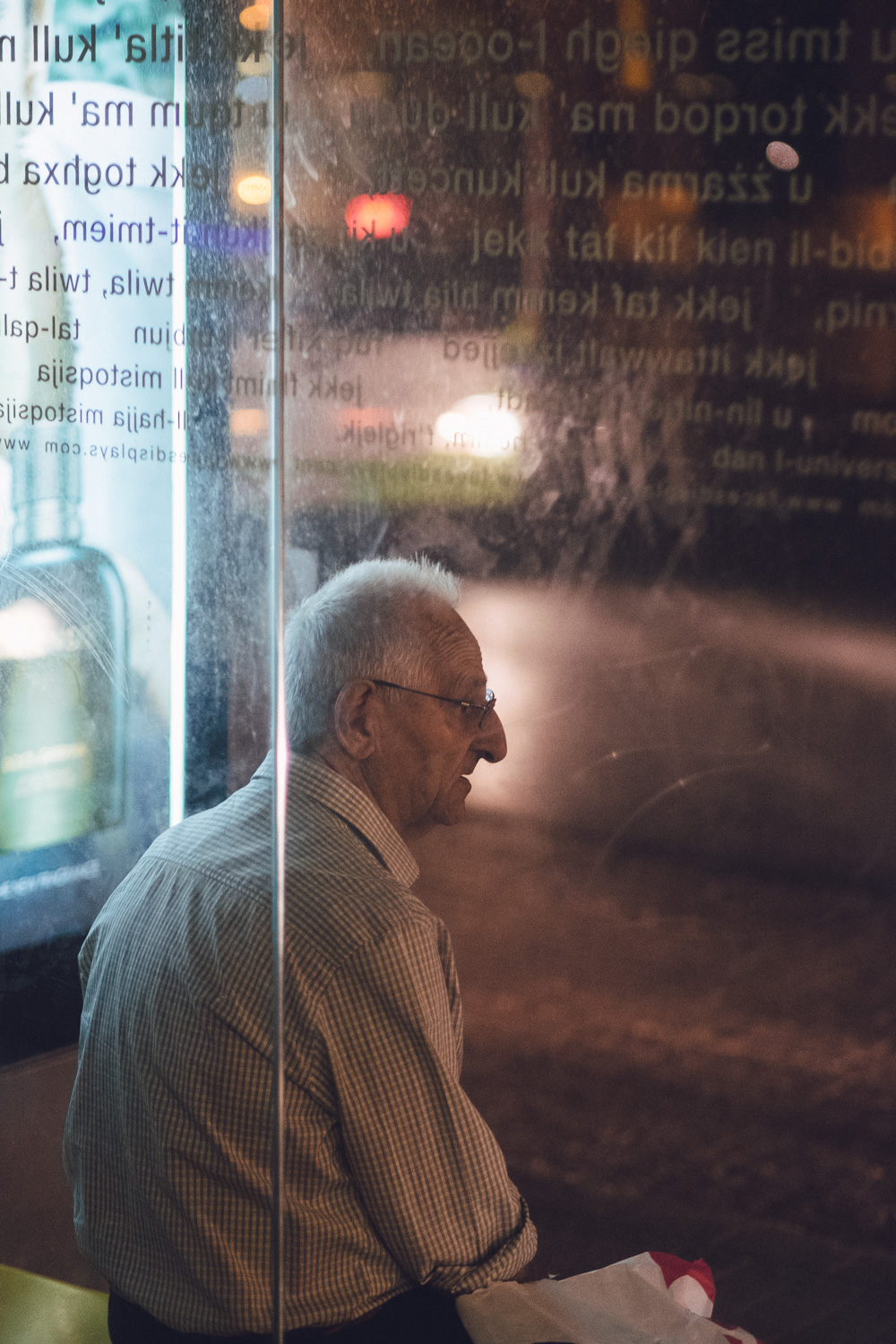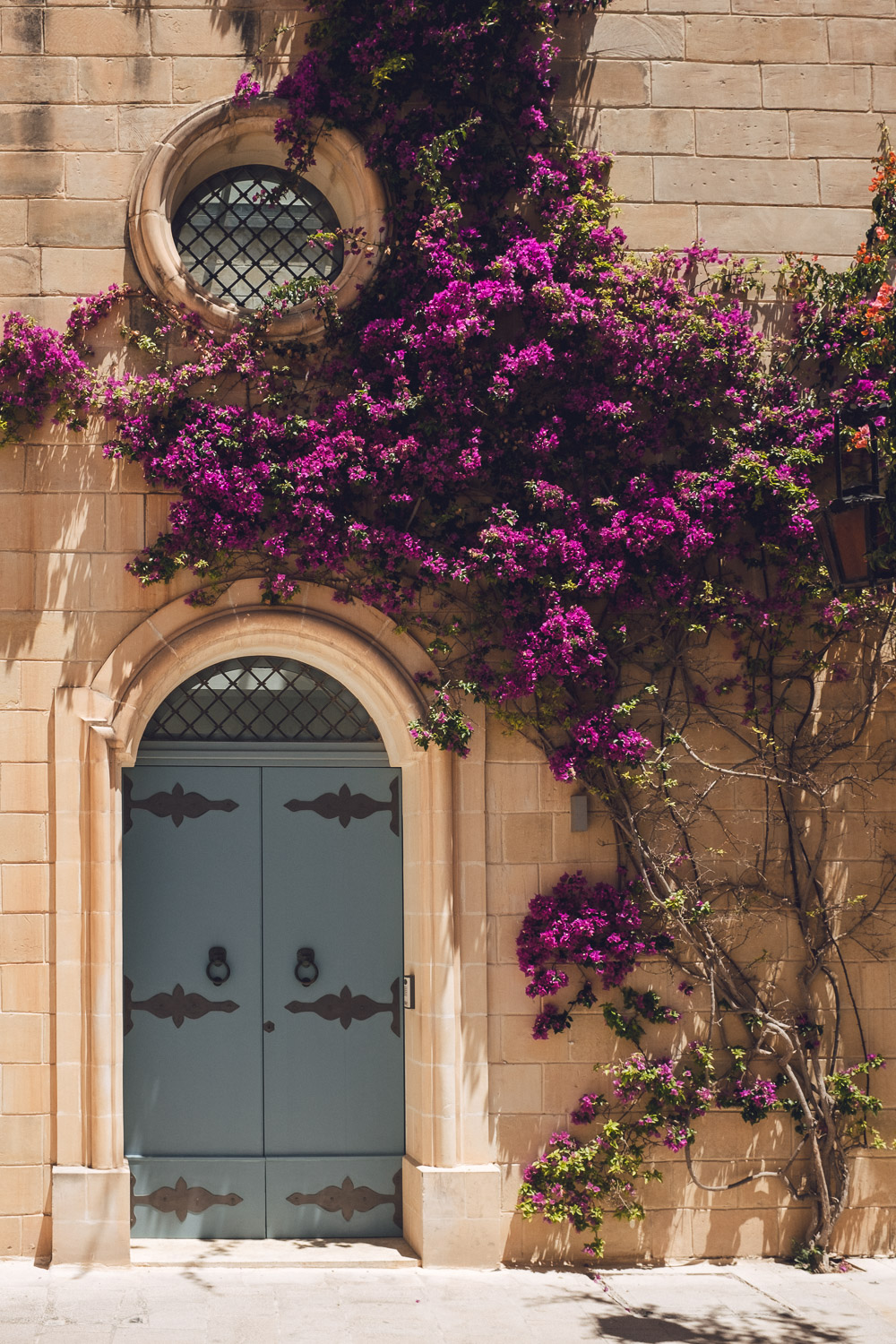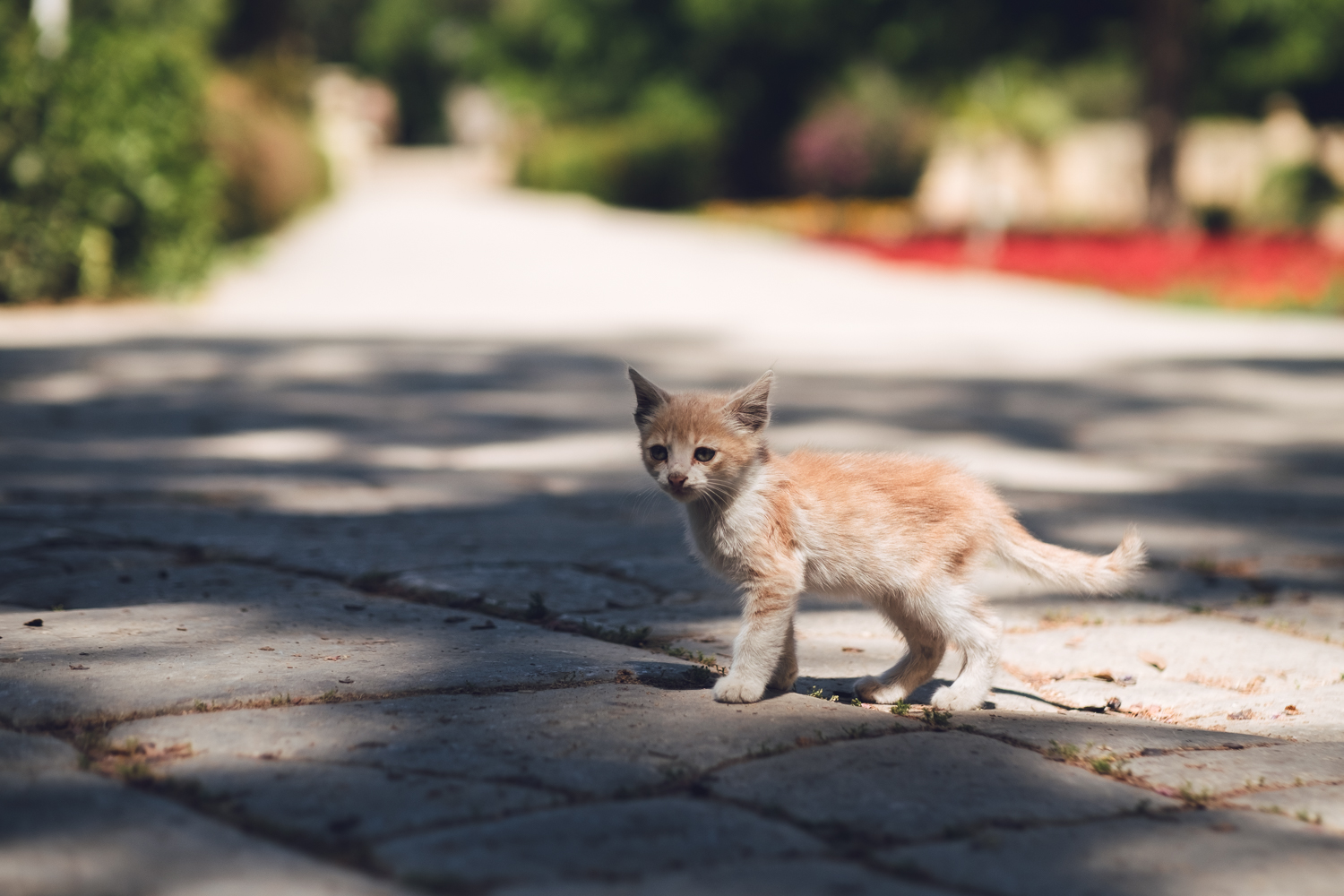All the wrong questions...
Once you've taken a sufficient amount of pictures, people start asking questions. But rarely are they the sort of questions you'd imagine, such as "Where do you find inspiration?" or "Why did you take that picture?". No, most of the time, if not all the time, the only question you get asked is "What gear do you use?". As tiring as I find the question, maybe it's time I give you my thoughts on that subject, at least when it comes to travelling. I've had some messages asking me about gear and I find it's easier to answer all of them in one big swoop.
My main concern nowadays is the creative part of photography. Gear used to occupy my mind a lot more until a couple of years ago. These days, I'm happy to use whatever happens to be available to me. Since I travel a lot for work, my preference is always to carry as little as possible to get the job done. Reducing the gear to the bare essentials helps you enjoy the trip and focus more on the scene and subject... Last 18 months I've taken more pictures than ever before, yet I've never used as little gear as I currently do...
Camera choices
So let's start with cameras. I currently use Fujifilm bodies and lenses as my digital cameras. I have a X100T and a X-T2 should be arriving shortly. For film work, I use a variety of older cameras, including a Nikon FM2 and Hasselblad Xpan. I find that any current modern APS-C or larger sensor is more than adequate for most photography, so whatever it is you use or prefer should be able to do the trick. I like Fujifilm bodies mainly because they are small and feature the same manual controls as old film cameras. They're nice to look at too, so that's a bonus. DSLR's still have their place, but for travel, I usually go with the "less is more" mantra. Any mirrorless camera of the latest generations is a good bet as a travel cam. One camera is fine, two at most with one lens each.
Newer is not necessarily better, one of my favourite travel cameras is a classic Nikon FM2 with a simple 50mm lens.
Lenses
I usually pair two focal lengths together. I tend to go with either 24mm & 50mm or 35mm & 85mm as complementary focal lenghts. The gaps in between standard focal lengths are redundant I find, so prime lenses are usually my go to choice. You could go with a 24-70mm or similar zoom lens, but I'd rather have the faster apertures and lighter weight of a prime. Usually, I only keep one prime on the camera (35mm or 50mm) and keep the other lens in the bag. I rarely switch them during any given day, unless I really need a different field of view. There are "travel zooms", like a 24-200mm zoom, but I've never seen one that I liked. You usually trade image quality for reach, and that is normally not a compromise I'm willing to make.
Unless you are sure you need a long telephoto lens, I usually recommend leaving the longer focal lengths at home. Good telephoto zooms or primes tend to be heavy, and I've rarely used one when I bothered to drag it along. If you are sure you need it (for wildlife or sports for instance), longer is nearly always better. I'd recommend at least something in the 600mm range for birds and wildlife, so usually your choice will be a 150-600 zoom, or a fast 300mm prime with a 1.4x or 2x teleconverter. I find the 70-200 lenses usually too cumbersome for travel, and you can always take a nice portrait with a 50mm or 85mm anyway, as long as you get a few steps closer to the subject.
Narrowing down the options to one or two focal lengths, helps focus more on subject, scene and composition. It doesn't matter if you can't get every possible shot. What usually happens is you'd either miss the moment while contemplating what lens and gear to use, or you'd never even experience the moment because you got tired from hauling everything around all day. The point is to enjoy yourself, as soon as that happens, the shots will follow. No matter what gear you happen to carry at the time. The more you use a single focal length, the more you will get used to seeing the frame without even raising the camera to your eye.
Accessories
As little as possible. I usually only bring the following and anything else I brought stays in the safe at the hotel.
- One or two extra batteries, just enough to last the day. I've never used up more than two batteries on any given day with my Fujifilm cameras. But I keep the camera switched off untiI I see something. By the time I've raised it to my eye, it's on again anyway. For film cameras, one spare battery of whatever type they use.
- A lens pen. Just in case I really messed up my front element or filter. I don't even bother with the occasional dust specks until it gets really dirty. Cura Lens Cleaner & Wipes works even better if you can find it, they have tiny travel sized kits. And those are better for old film cameras and lenses.
- My phone. I use offline maps a lot to navigate a city and mark interesting places beforehand. I never bother with paper maps anymore. Also, how else will you capture those pesky Pokémon?
- My ID, a debit card, a credit card, some cash. Maybe a public transport card, like Oyster. Everthing else stays in my wallet in the safe. I keep the cards and money in my front pocket.
- A small hex key to unlock an Arca Swiss plate, if I'm using one (like for the Peak Design Capture Pro clip).
- Sometimes, I bring a battery pack to charge the phone, since it's battery life is just plain bad. As an added bonus, the battery pack is also compatible with the Fujifilm X100T and hopefully also the X-T2 via the built-in usb micro port.
- Depending on the weather, some sunblock in a small tube.
- If you shoot film, two or three extra rolls tops.
Bags and straps
If you're hiking, a backpack is usually the best choice. LowePro and ThinkTank used to be my go-to brands, but the most interesting one at the moment looks like the new Peak Design ones that are in their new Kickstarter campaign. Check out their new Kickstarter here. They are in the same price bracket as the others, but are way more modular and the coating on the shell is superior.
For everything else, I'd recommend a messenger bag. The messenger bags are usually less conspicuous in a city than a big backpack or dedicated camera bag. I currently use a ThinkTank Retrospective 5, but later this year the new Peak Design Sling bag will hopefully fix the minor things that bug me about the Retrospective. I like leather bags a lot, but given how expensive they are, I can't justify squishing it into my luggage three times a week.
For me, a good bag takes care of the following requirements:
- It shouldn't be too heavy and should fold as flat as possible when not in use. I keep my cameras in a backpack or flightcase when on the plane, and store the messenger bag in my luggage. So the less space it uses, the better. If the bag is padded, I usually remove most of the padding. I find that as long as you're not totally reckless, minimal padding is just fine. A camera is still a tool and they tend to be far more rugged than people usually think anyway.
- It should not be too obvious that it's a camera bag. Some people like to show off how much gear they are travelling with, but I don't. At best, the bag should look like anything but a camera bag. The Retrospective series bags look old and worn, which I like. I'm curious to see how the Peak Design bags hold up. They do look more modern and utilitarian, but they don't look like every other generic camera bag out there, so at least that's a plus. Ona bags rock the looks, but I find those are more suited to take along if you happen to work in an office.
- It should be rain repellent. The Retrospective I currently have isn't. It comes with a rain cover, but I've never used it since it takes up space when not in use and it blocks access to the bag when used. This is where Peak Design bags have the edge with their rain repellent coating. When it pours, obviously, the best bet is still to take shelter, have a drink or a bite to eat and wait till it passes...
- It should be modular. I currently use a Peak Design Capture Pro Clip on the outside of my ThinkTank bag. It's handy for when I keep the camera on a strap but need both hands for something else. Instead of opening up the bag to put the camera down, I just quickly clip it onto the outside of the bag. It's also very useful for when I've already put a sweater or bottle of water in the bag. I've even attached a Cactus RF60 flash this way to the bag, so I can still travel light and only needed to worry about carrying the light stand. I wasn't sure about the use of the Capture Clips, but since using a review sample, I have to say that it's one of the few accessories I actually used every time (a lot). The option to strap a tripod or light stand to the bag should be there too. On the Retrospective, it's a bit of a Frankenstein rig but it works. Looks like the new Peak Design bags have a better system for that too, but I'll need to test it first before I can comment on it's usefulness.
- I use one strap, also a Peak Design one, the Slide Lite. They have locks that can be attached to every camera, so I just have the connectors on all my cameras and swap out the strap depending which camera is in use. For evenings, I just use a wrist strap and don't even take a bag.
Tripods & filters
If you're travelling alone and/or your whole trip is based around taking pictures of landscapes, sure take a tripod. I like the travel sized carbon ones, but aluminium is fine too if budget is a factor. Any simple sturdy ballhead will do, there are many great options available nowadays. If you are travelling with family members or you only shoot a landscape when the opportunity arises, I wouldn't bother with a tripod. I mainly use mine at home or leave it in the car. When travelling abroad, it's mostly just too much hassle. Especially in cities, tripods are a pain and do little else but slow you down. A good intermediate is something like a monopod with a fluid base and tiny extendable feet. They are mostly used for video shooters, but they work fine for pictures too up to a certain point, and are far more easy to store and carry around.
Unless you are shooting landscapes or long exposures from a tripod, you don't need to bother with a filter kit. The occasional shot without will be fine. Obviously if you are a dedicated landscape shooter, you'll need at least the tripod and a few filters. I don't use them so I can't recommend any specific brands or sets.
Lights
For travel, a TTL capable flash with an adjustable head is just fine. Modifiers are not really a must and I like the tiny flashes for travel, like Meike or Nissin. I actually don't bother with flash for travel at all, but I get the point of people who need one. You could tape a quarter or half CTO gel to the head just to warm up the light a bit to avoid that "deer in the headlights-look". If you need a modifier, MagMod to me is the gold standard, but I leave those at home for serious shoots.
Some tips?
- Wear comfortable shoes. But make sure you don't turn up in white sneakers either. That's just not classy at all.
- Don't worry too much, enjoy yourself first and foremost. You don't need pictures of everything and everyone.
- Go eat where the locals eat. If the menu has pictures on it, run.
- Smile and talk to people, but don't go bother everyone with your life story either. Learn a few words in the local language.
- The fun parts of travel are often the unexpected ones, don't be scared to improvise and do something other than the highlights.
- Pictures are there to reminisce on the memories of your travels, they are not the point of travelling.
That pretty much sums up my views on essential gear. Anything else is usually excess baggage, but feel free to comment below on your views when it comes to how you travel. Care to share some top travel tips? Please do so below as well!
Cheers,
Tom






























